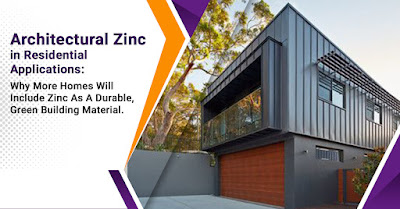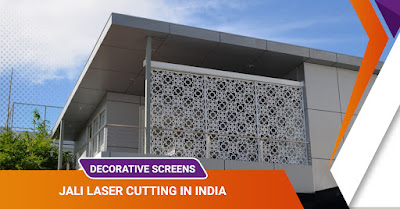Architectural Zinc in Residential Applications: Why More Homes Will Include Zinc As A Durable, Green Building Material

Zinc has increased in popularity in architectural designs due to its durability. It is considered a green building material because it doesn't cause environmental pollution. Zinc architectural designs form a protective coating known as patina or zinc hydroxy-carbonate. Water and chemicals cannot penetrate once the layer is established. If scratched, the layer will reconstruct over time to its original shape. That is to say; zinc has a healing property all on its own. Because of this, zinc wall cladding and roofs have a long life which can go up to 100 years. Zinc is also a low-maintenance metal, requiring relatively little energy to manufacture and no upkeep once it reaches its final destination. Zinc roofing and wall cladding panels are never thrown away because of wear and tear, hence the name green building material. Architectural benefits of zinc Zinc can be used in various parts of architecture such as roof, wall cladding, façade design, amongst others. ...
